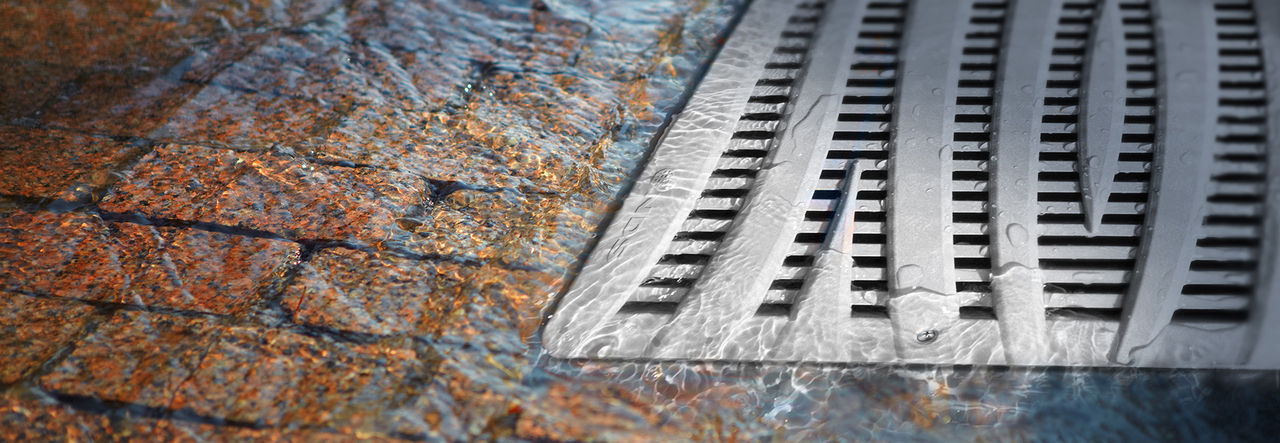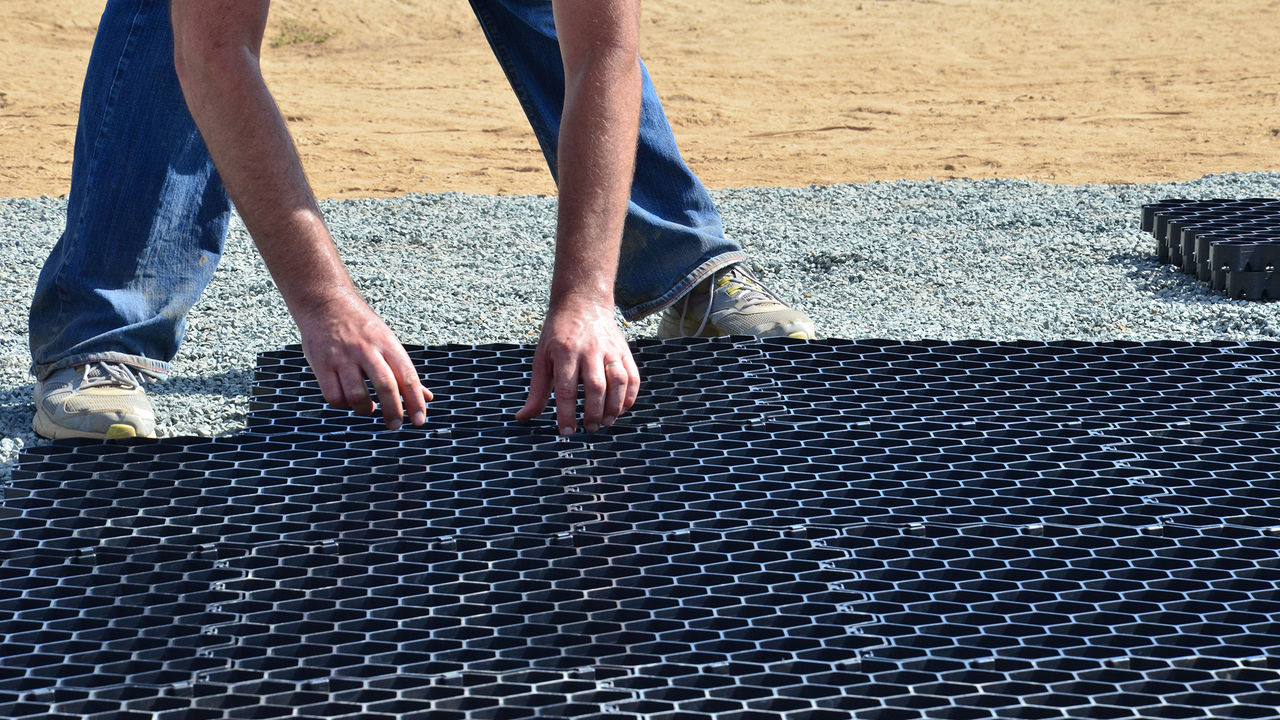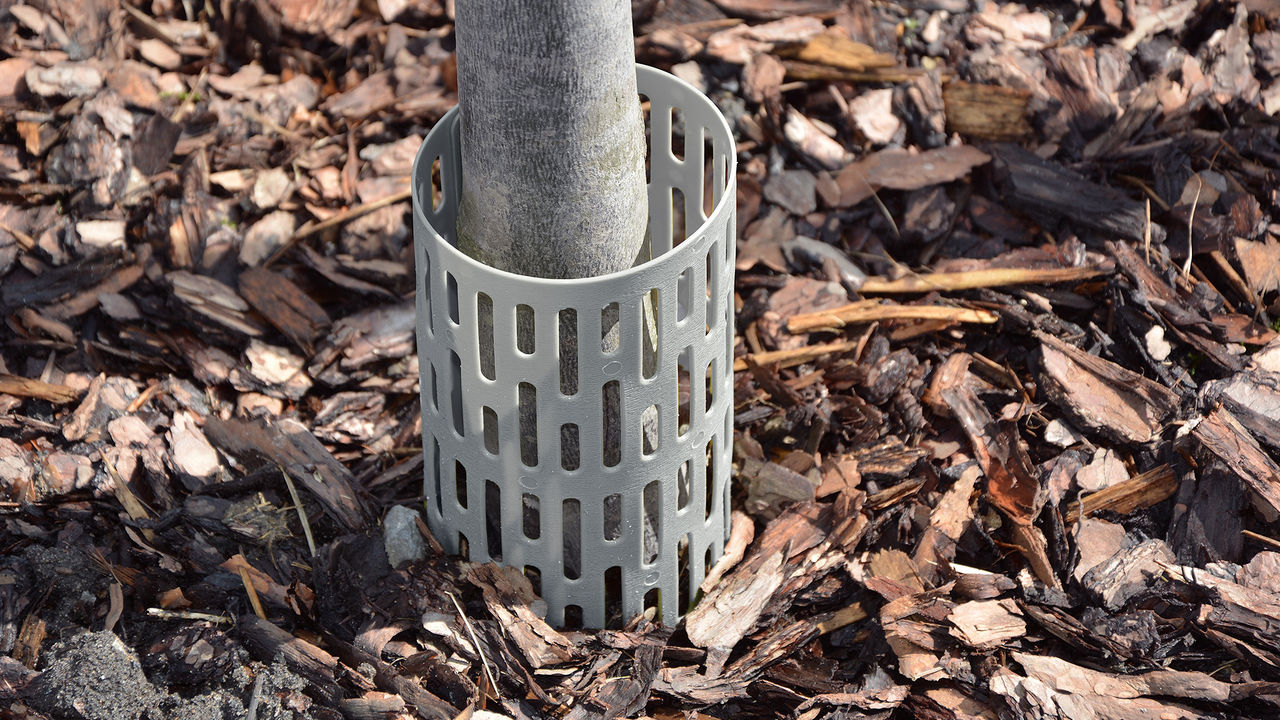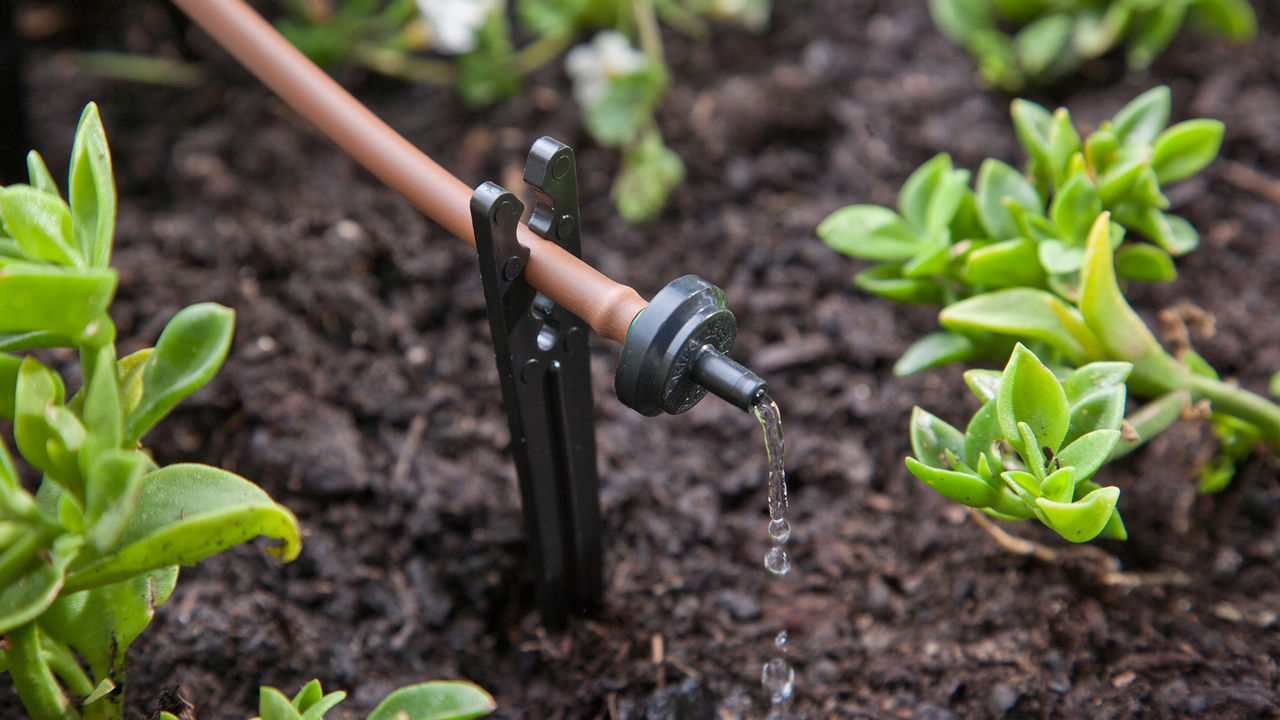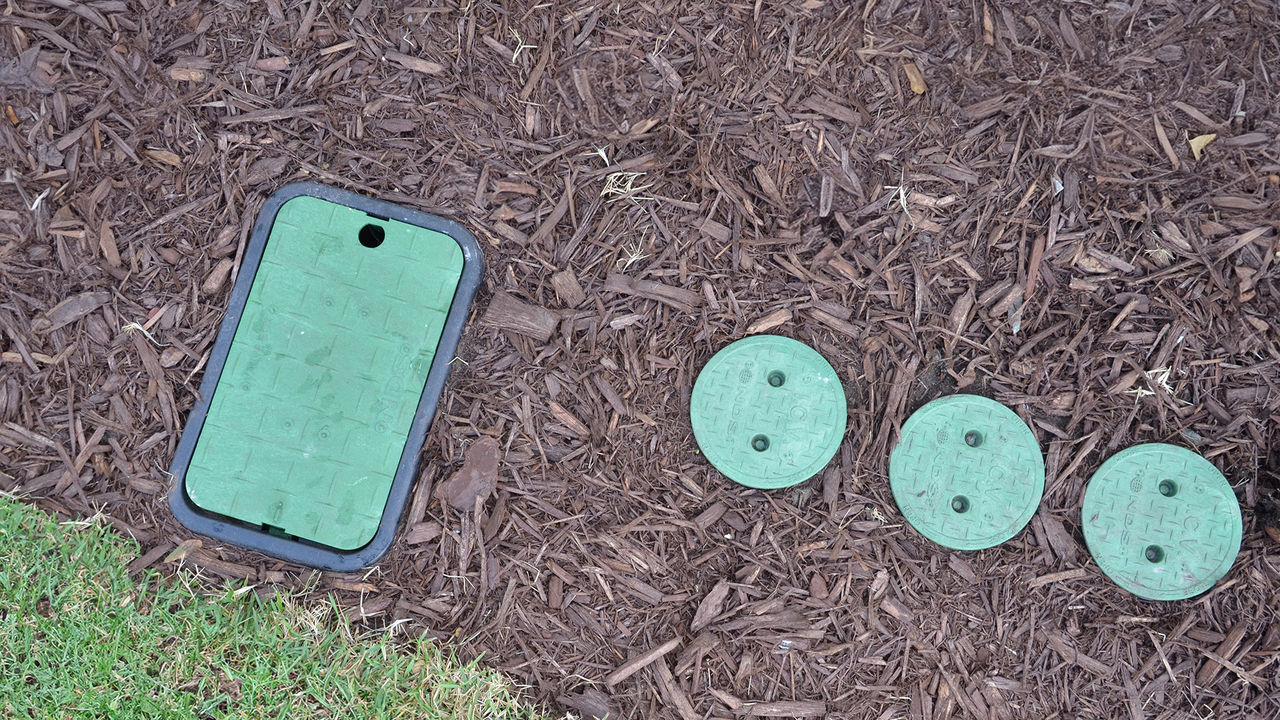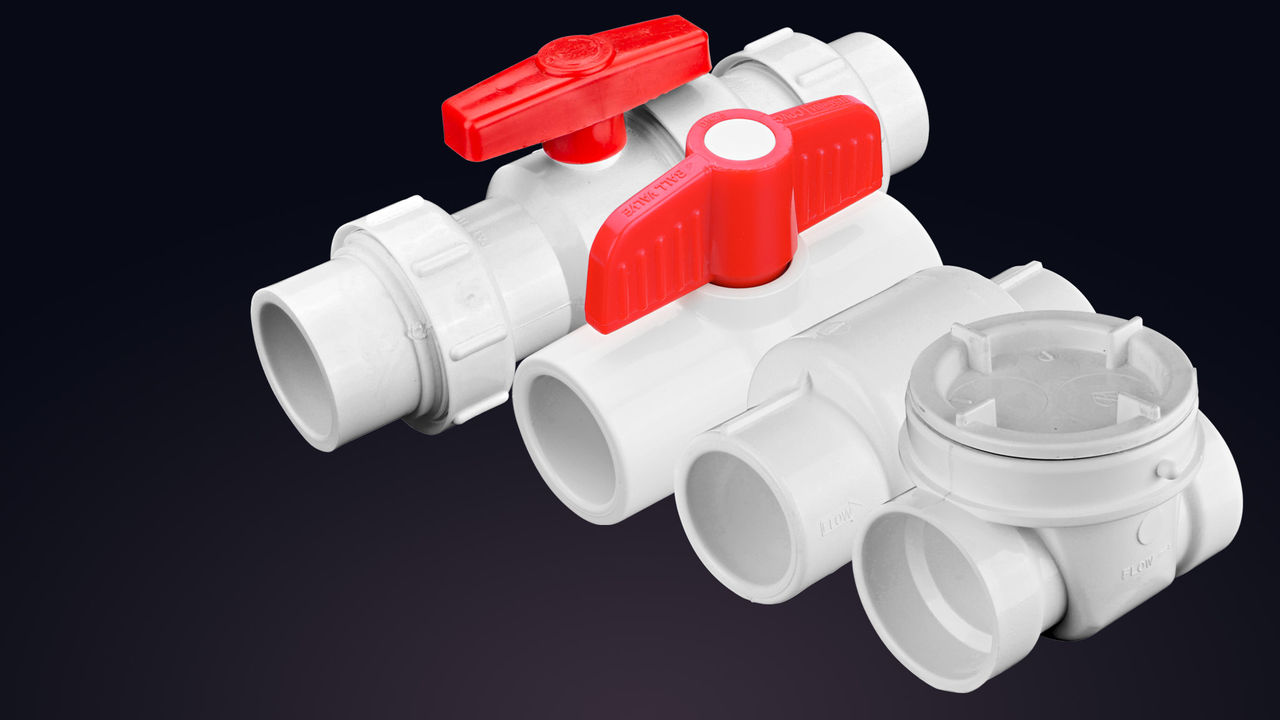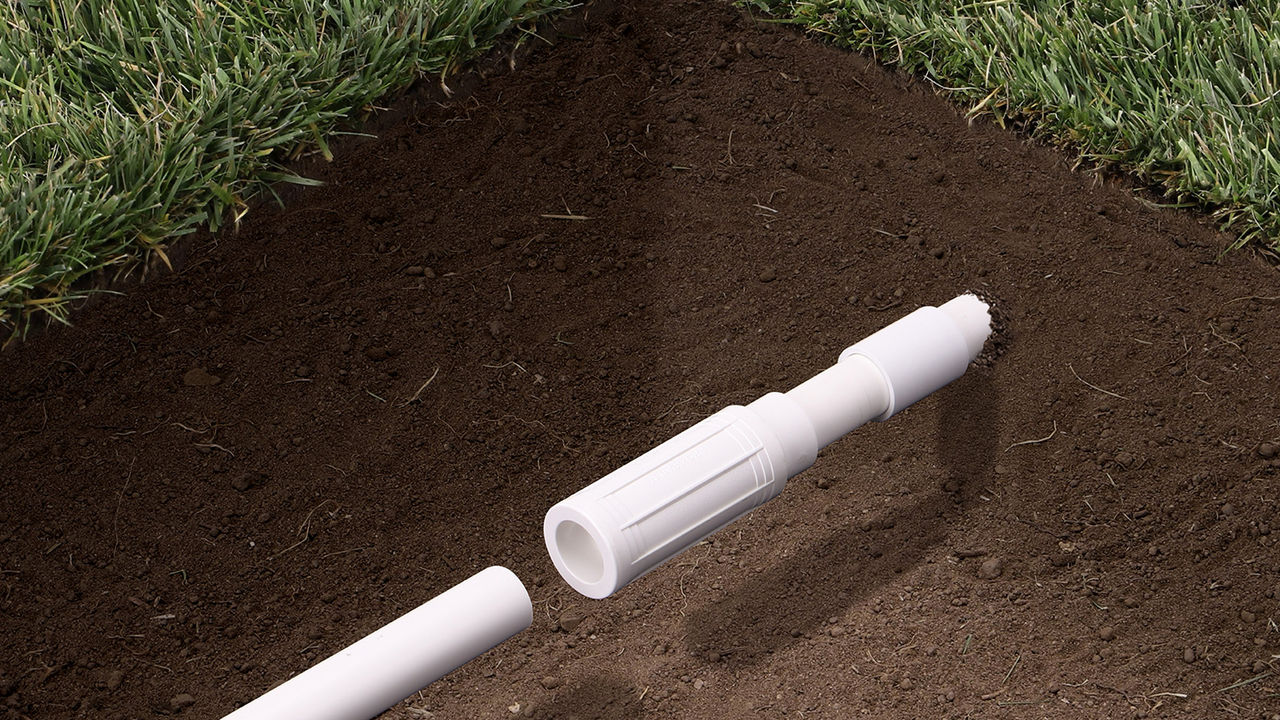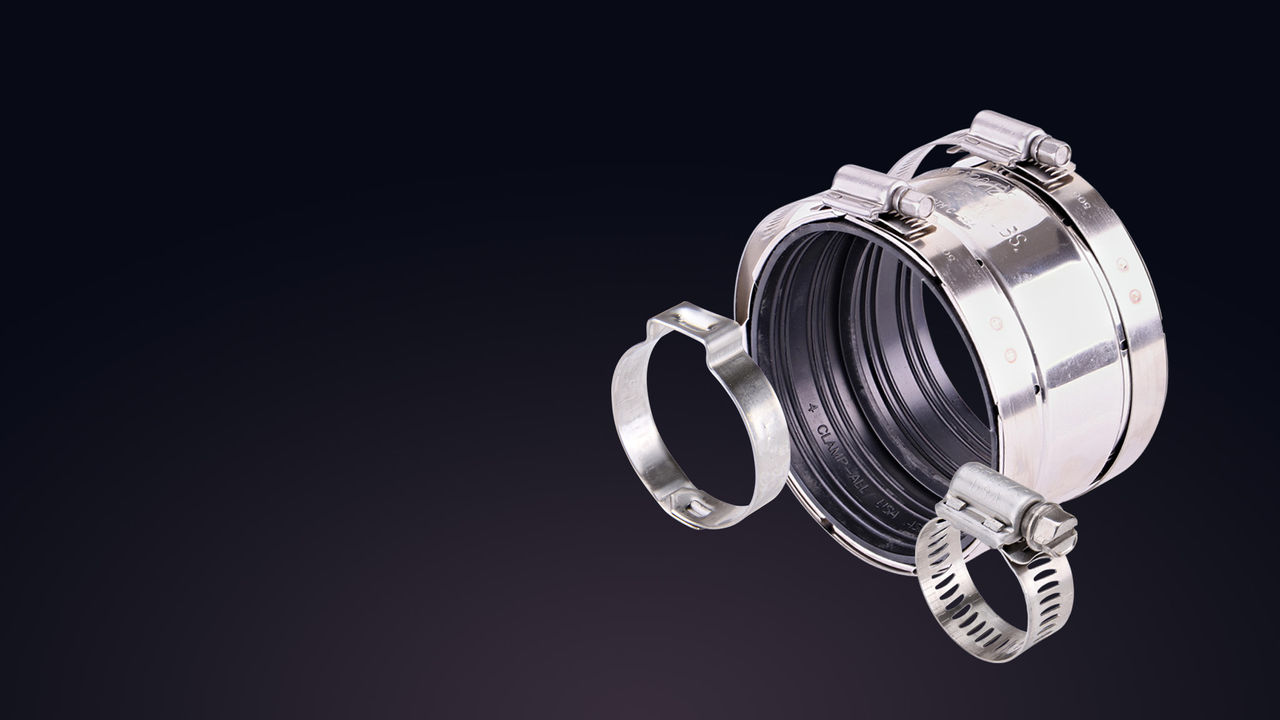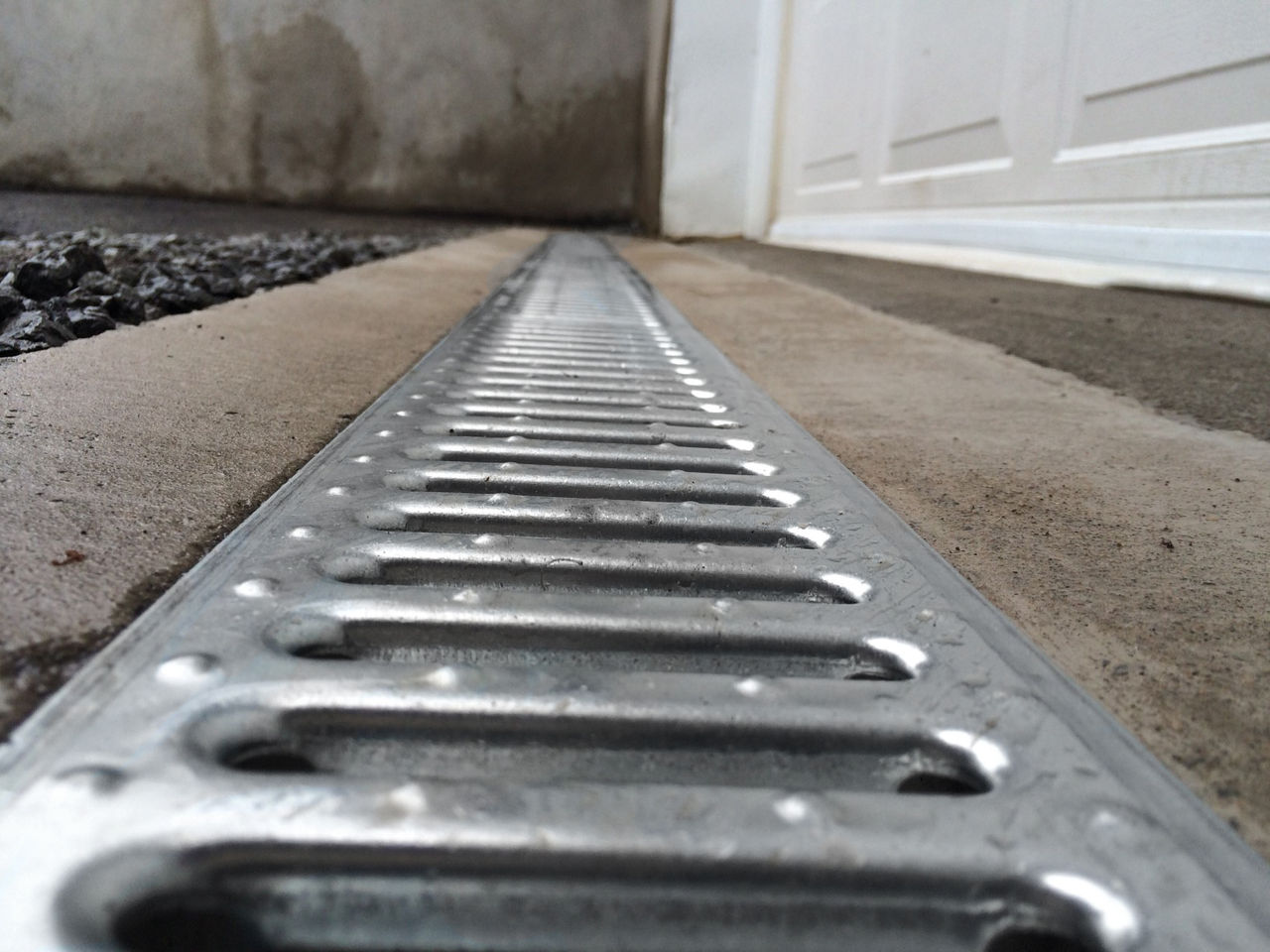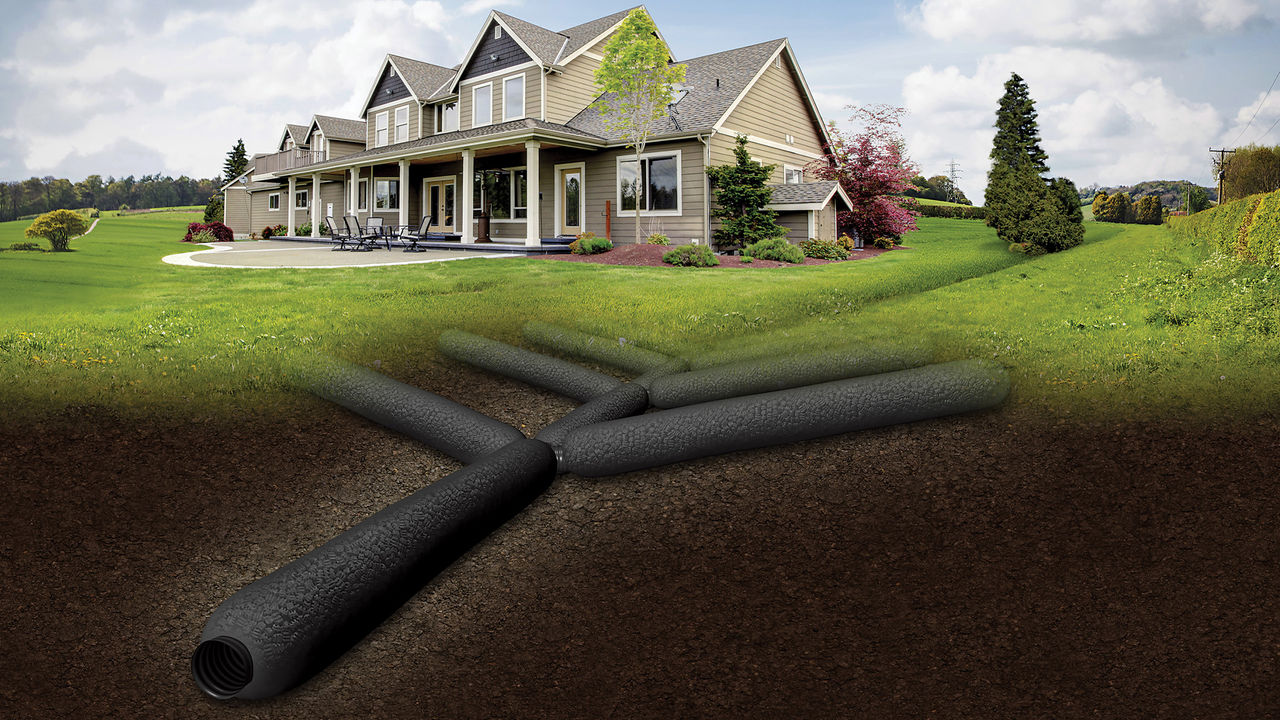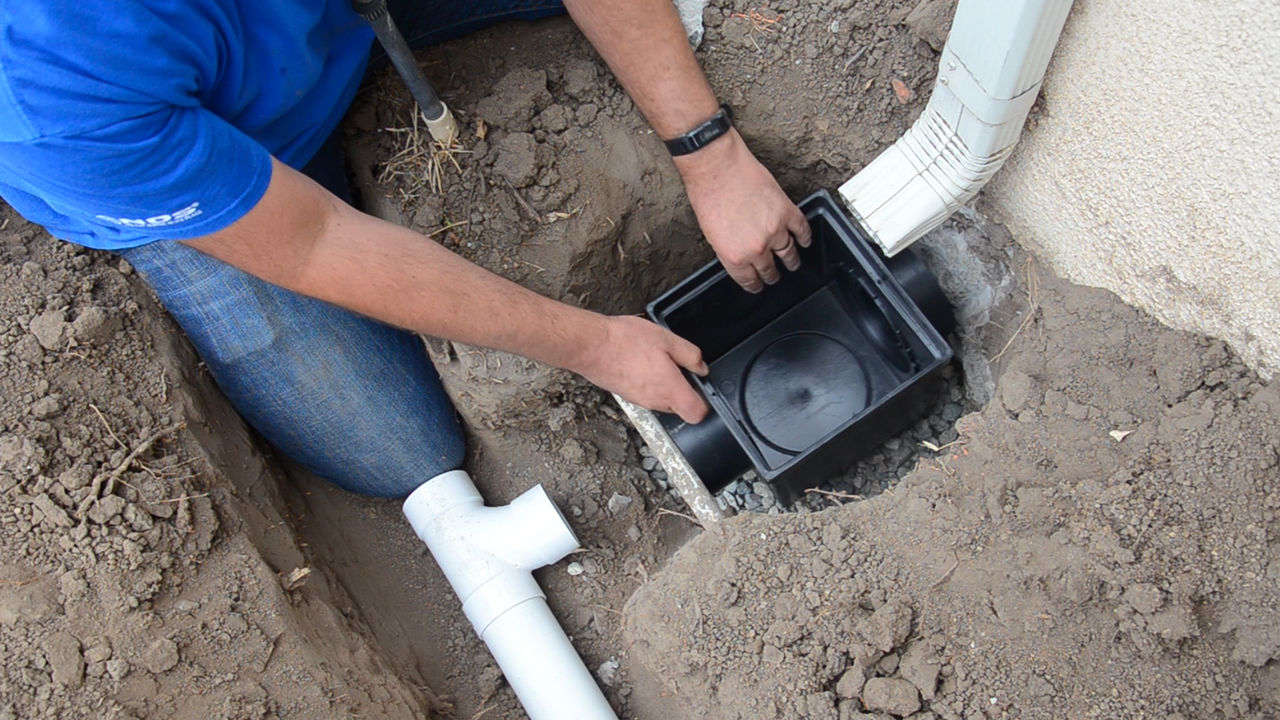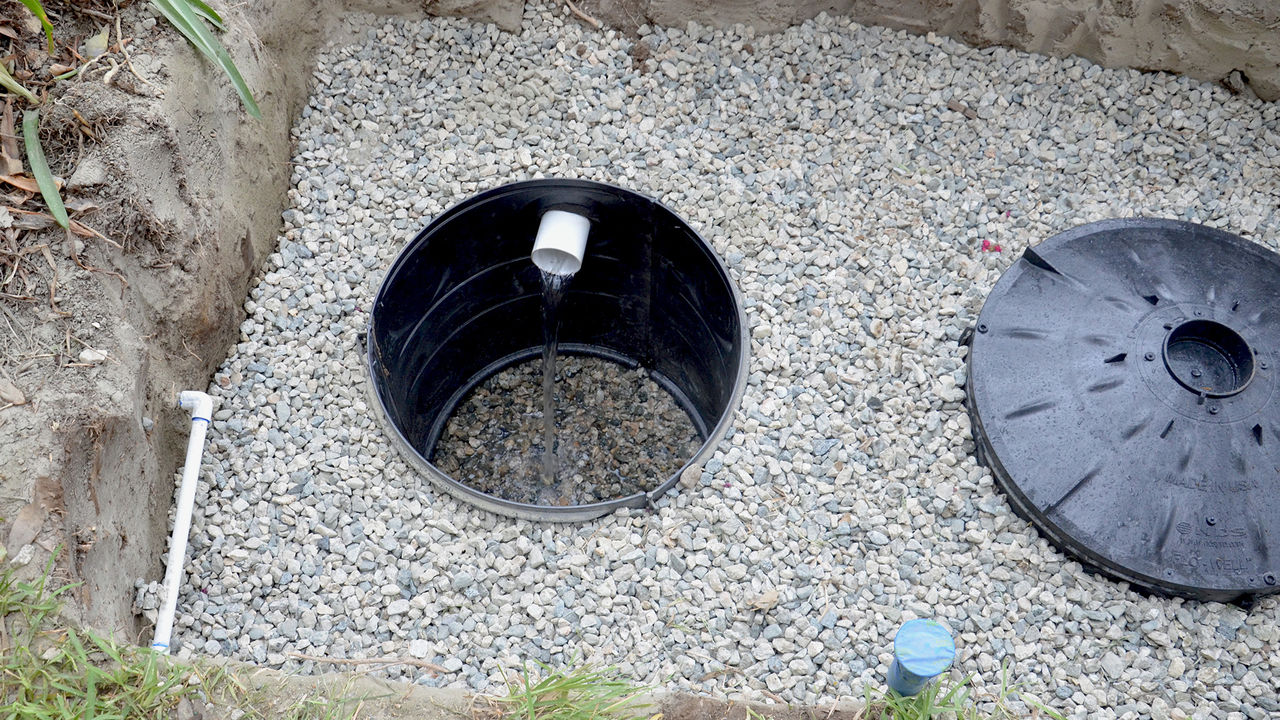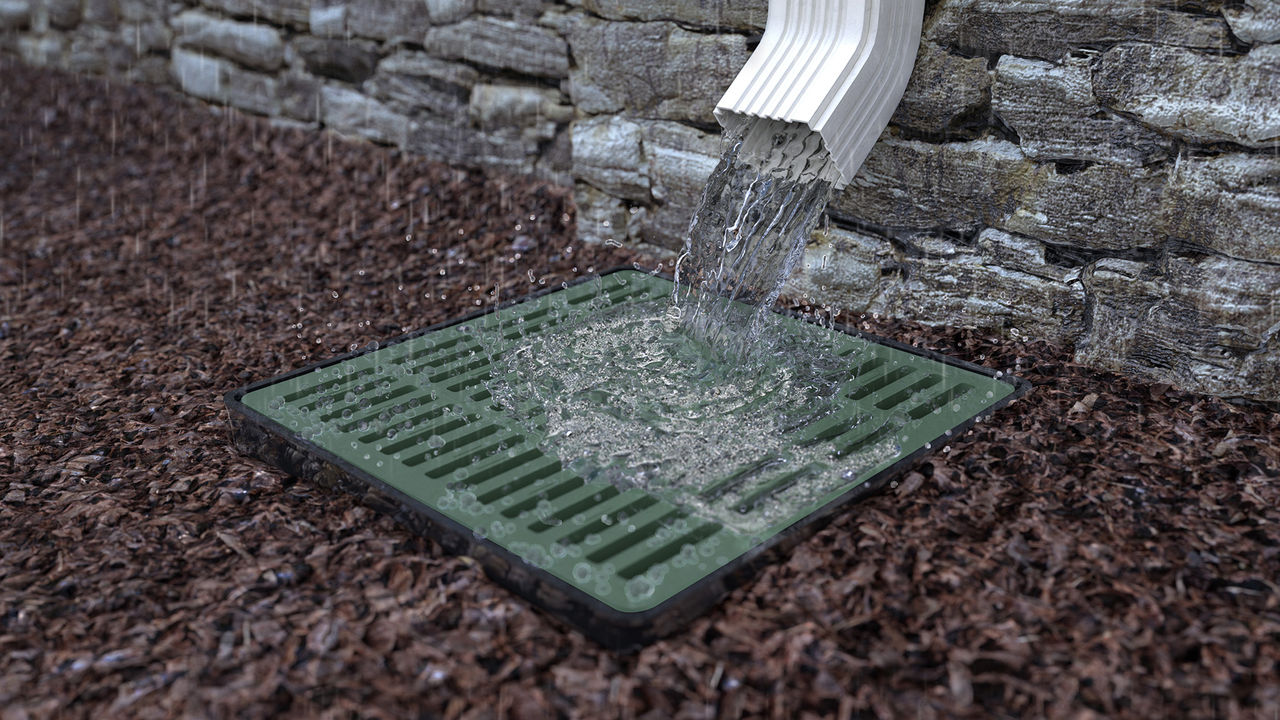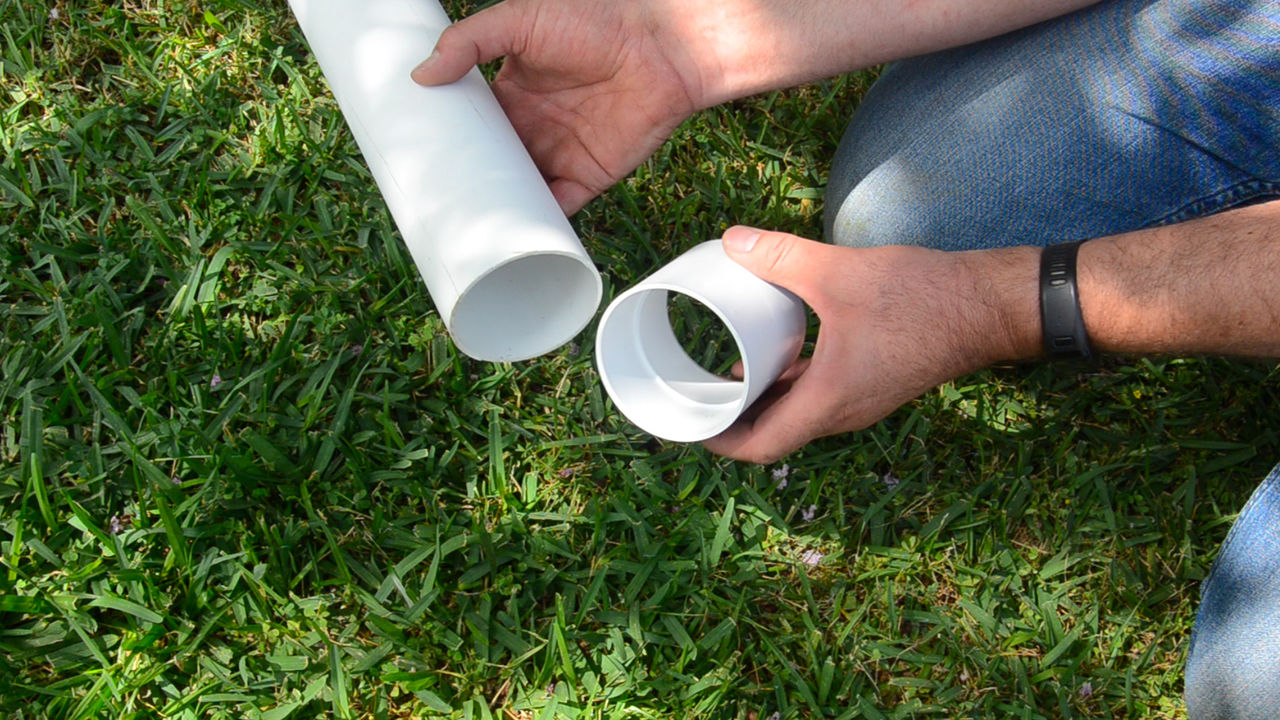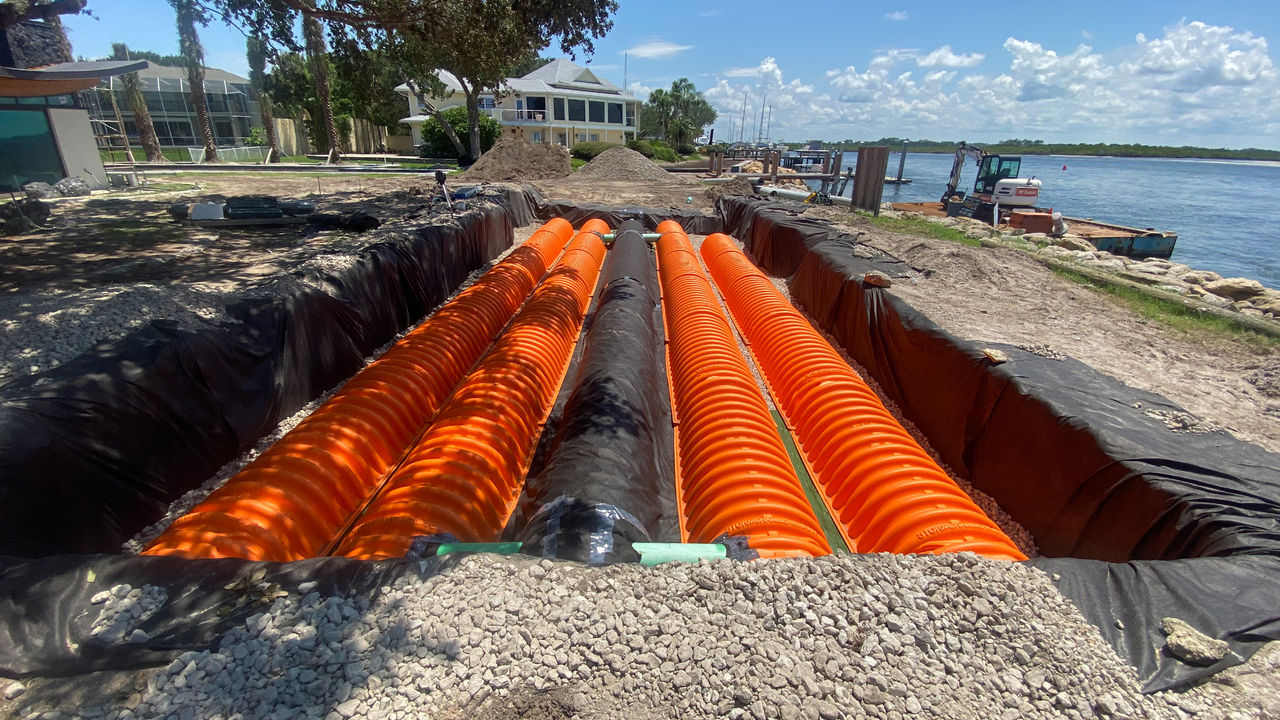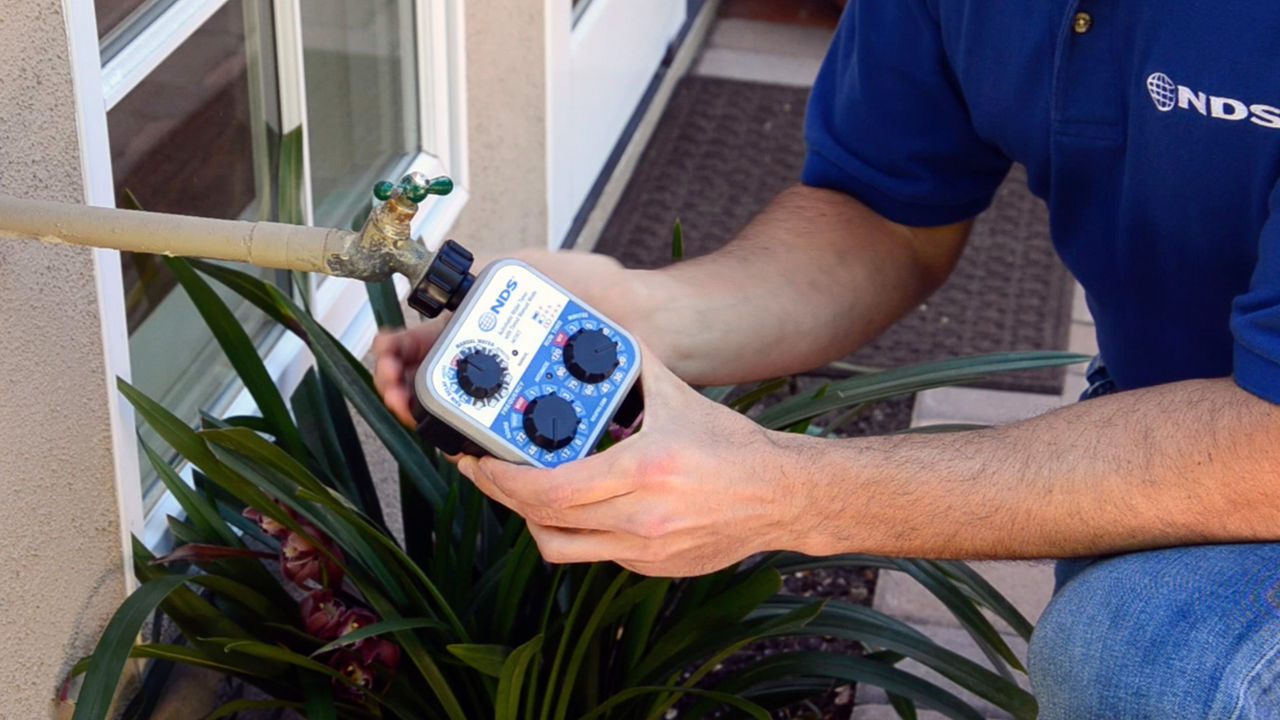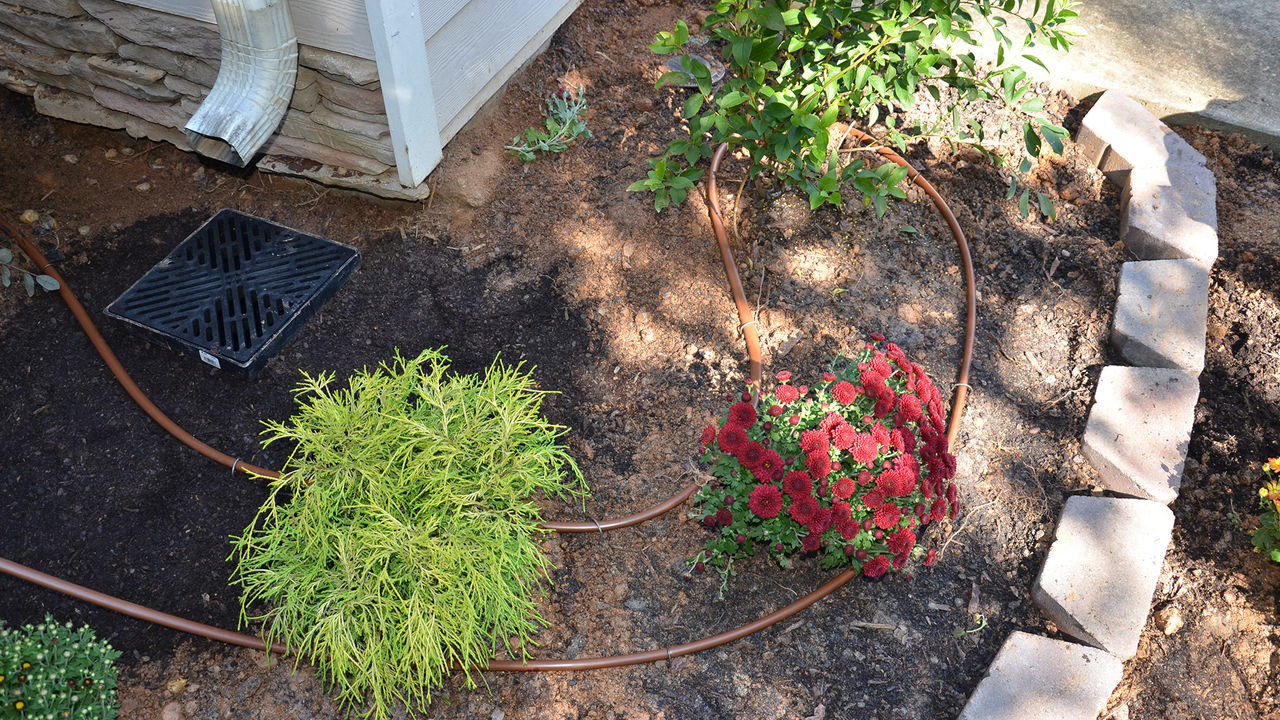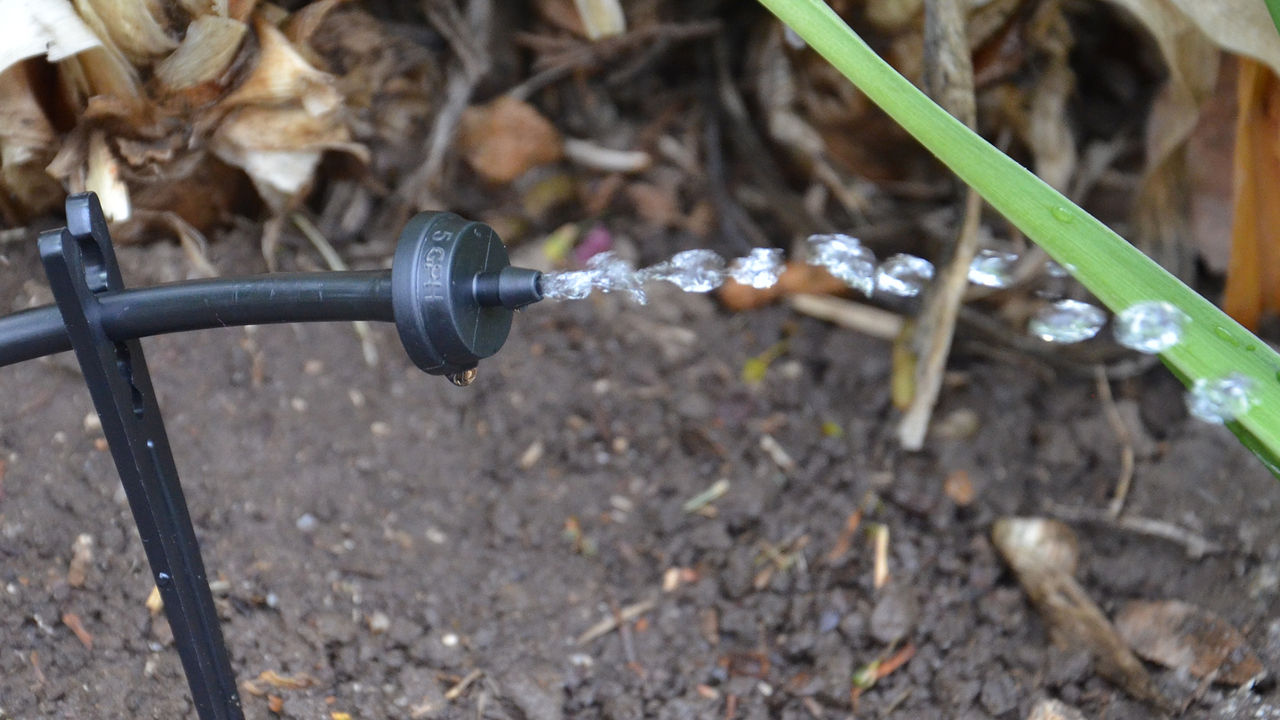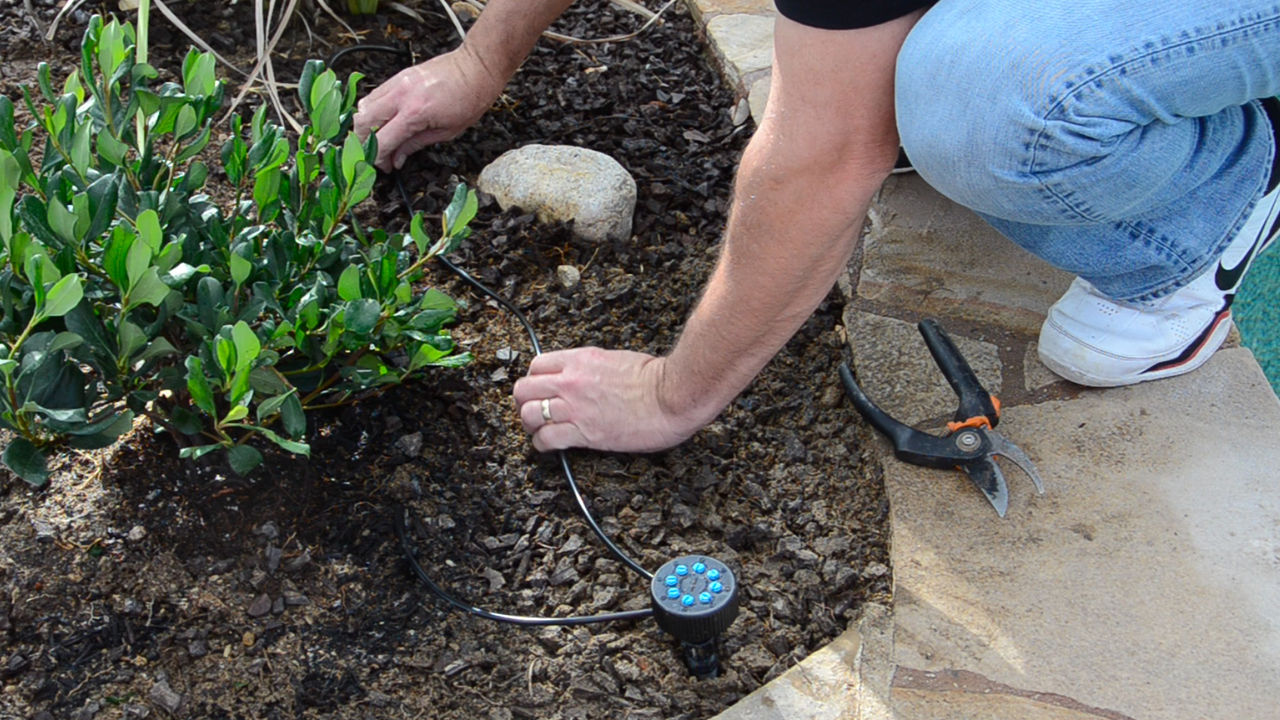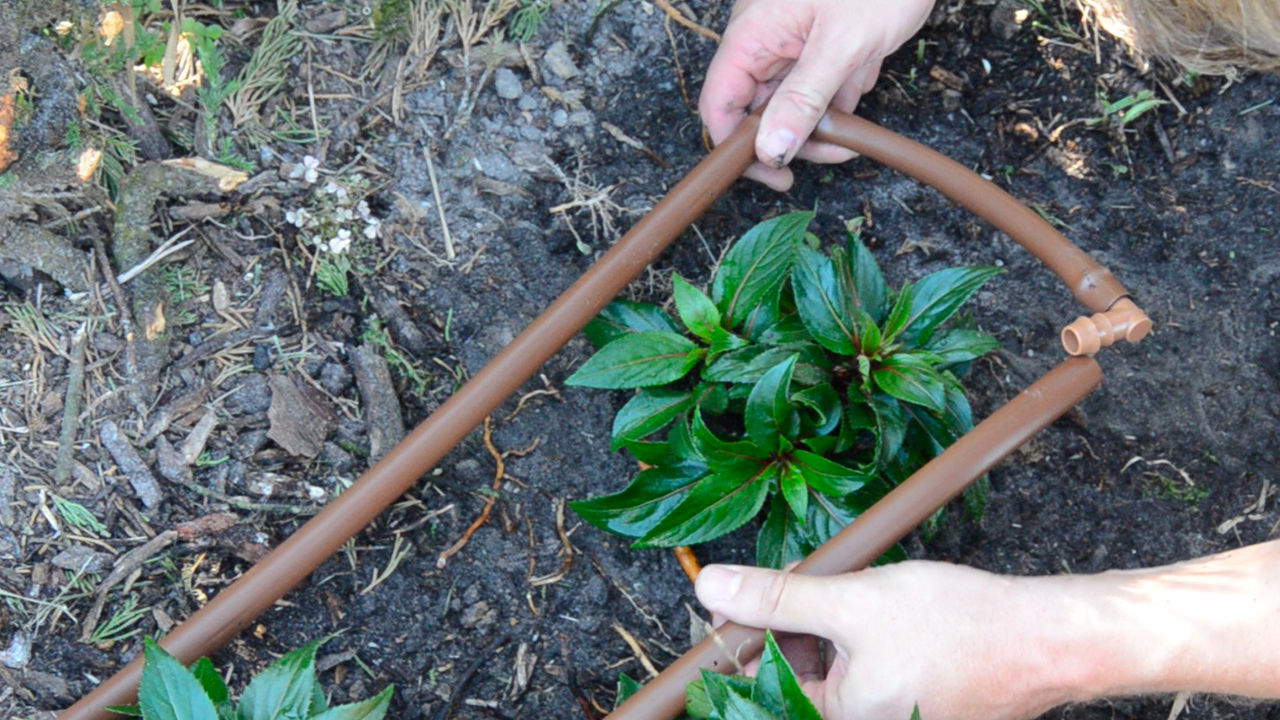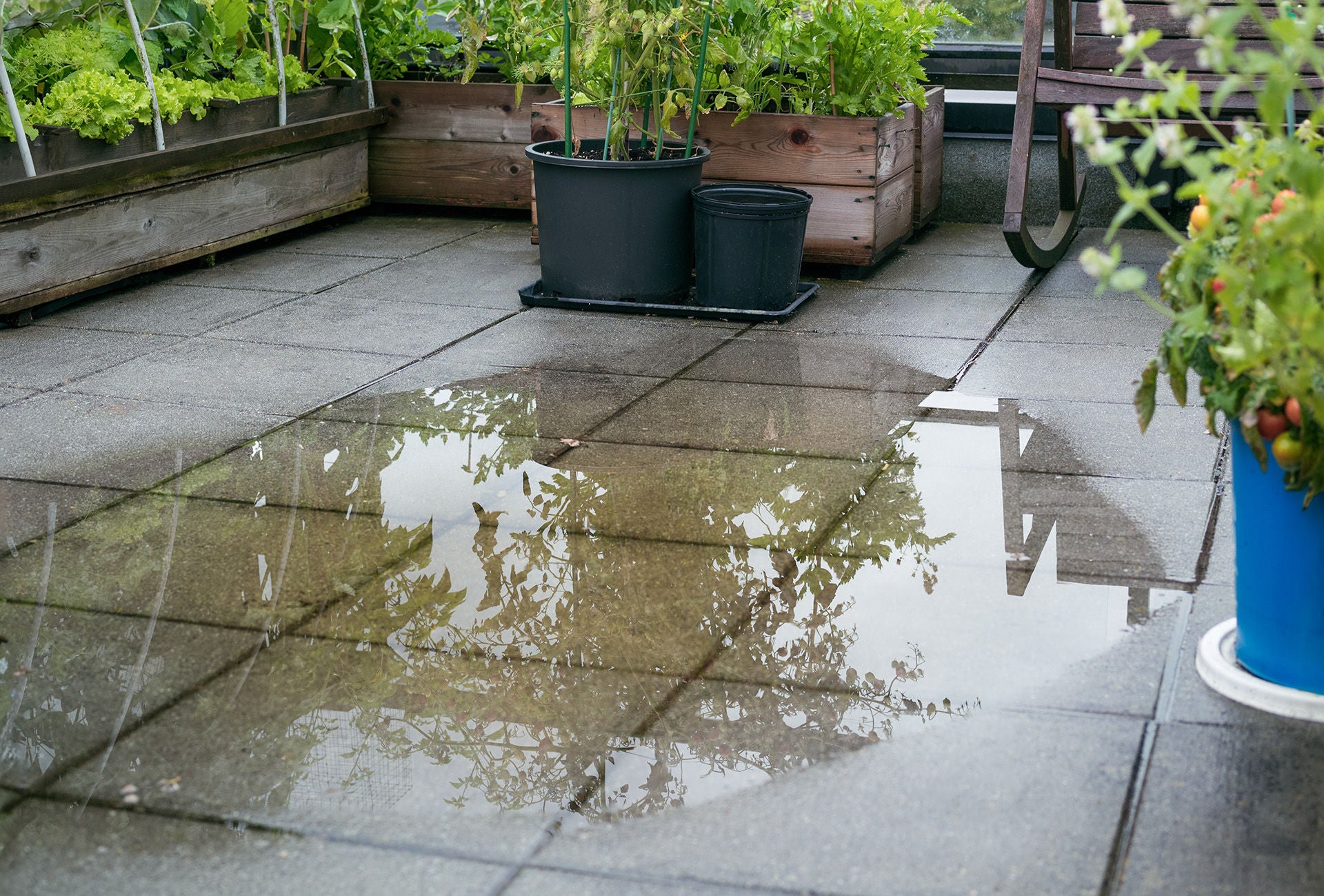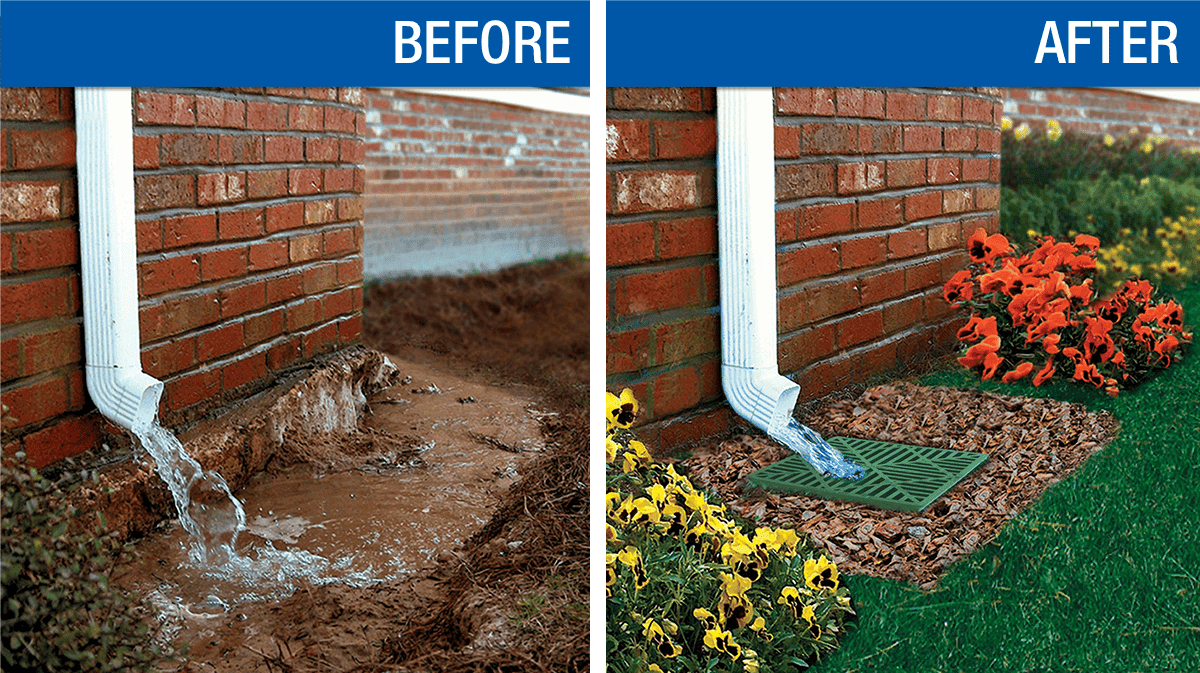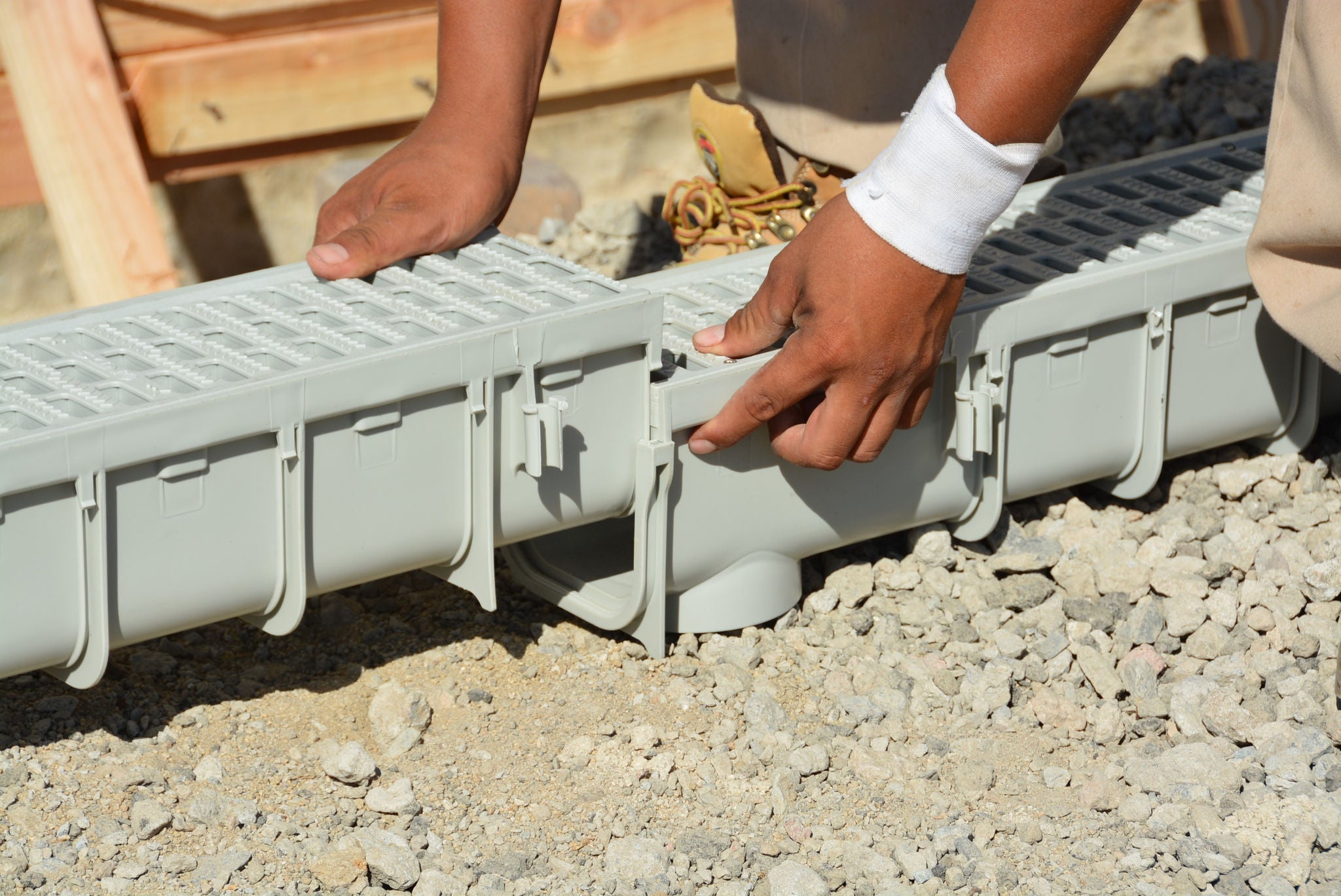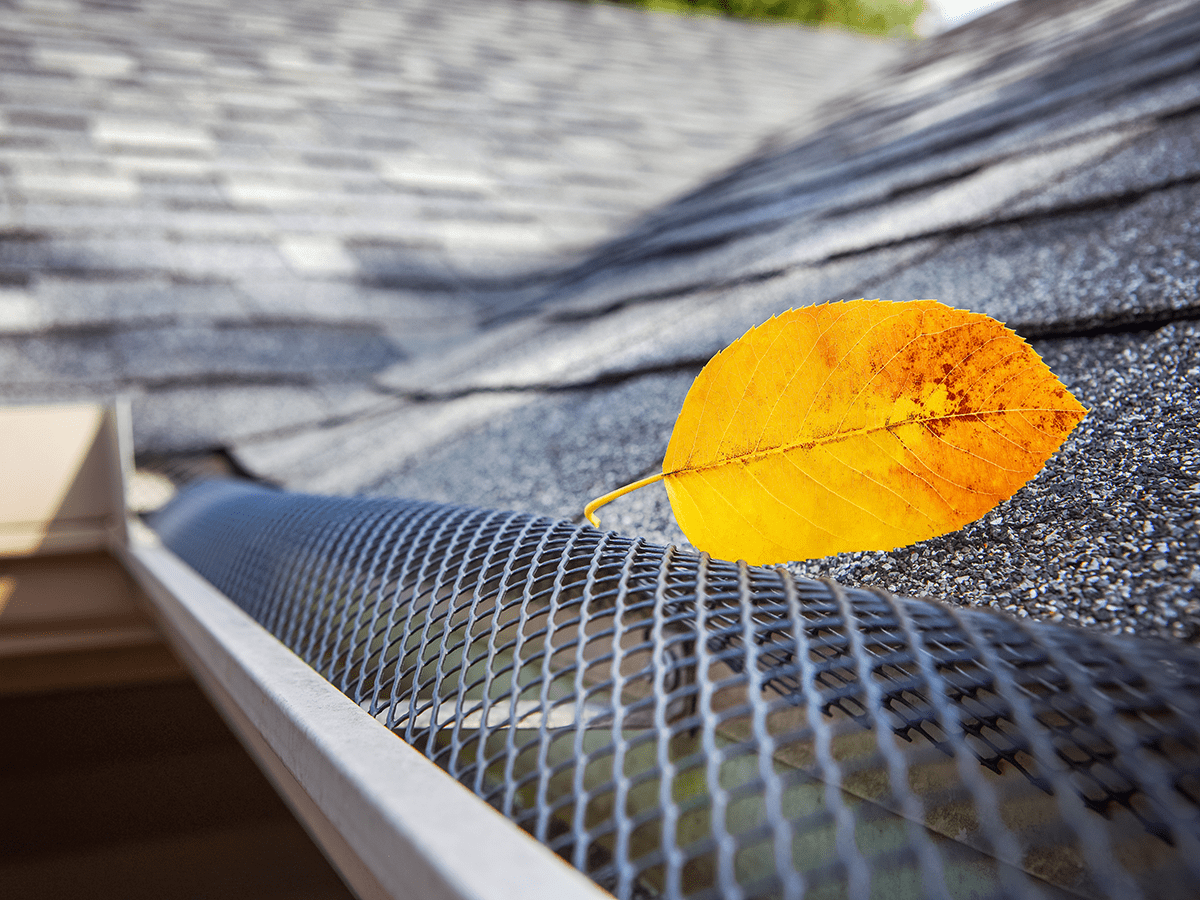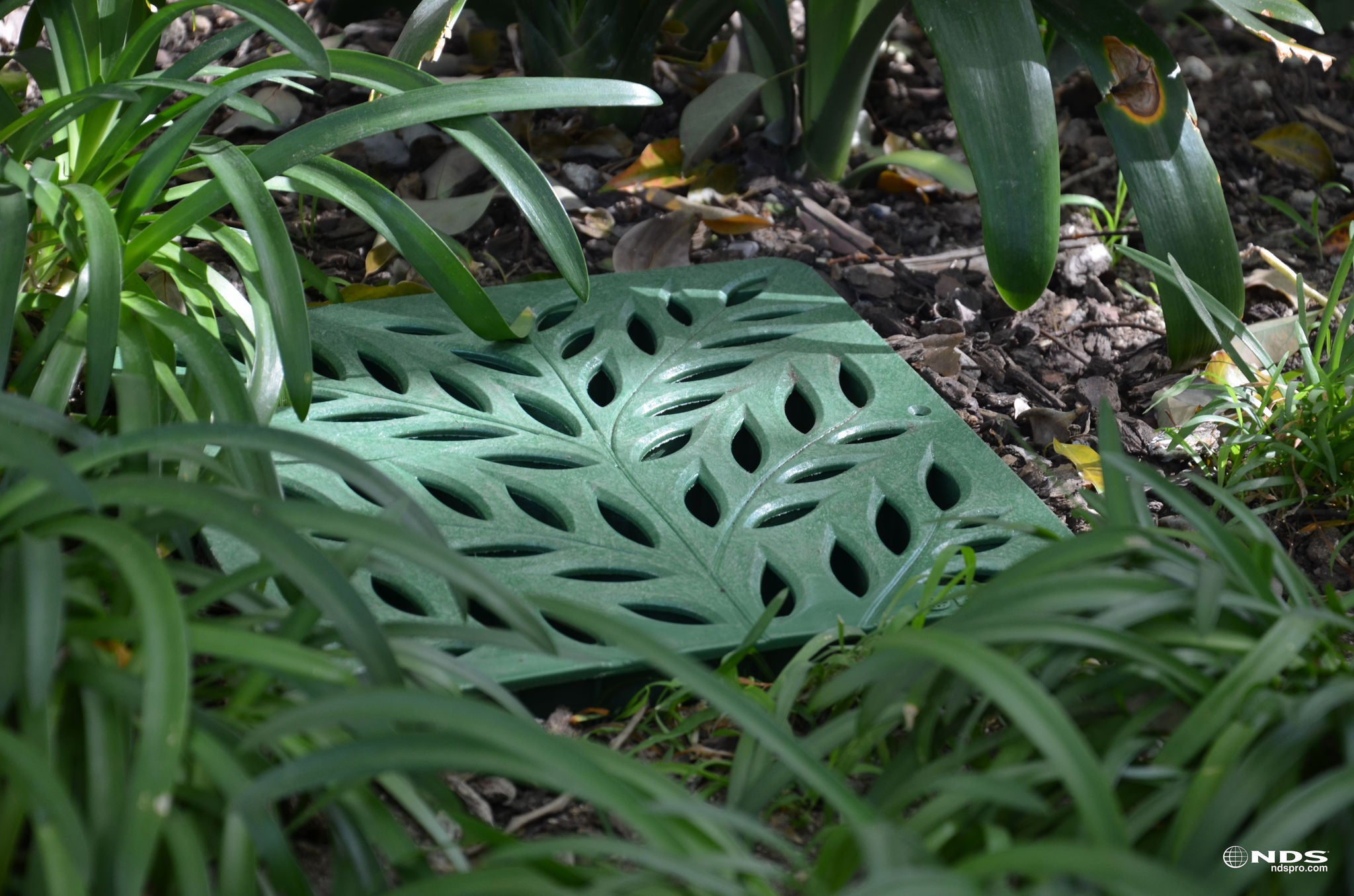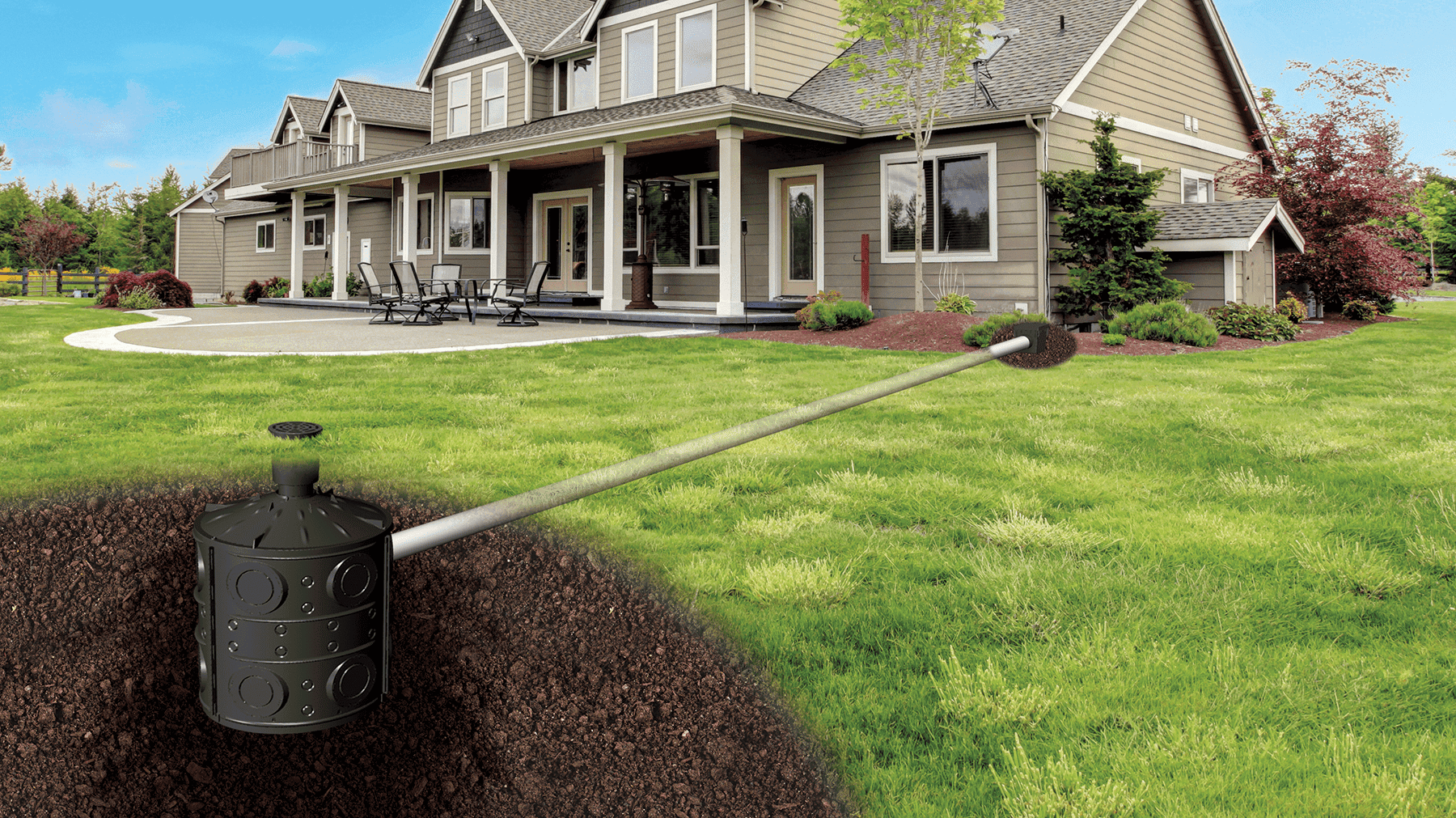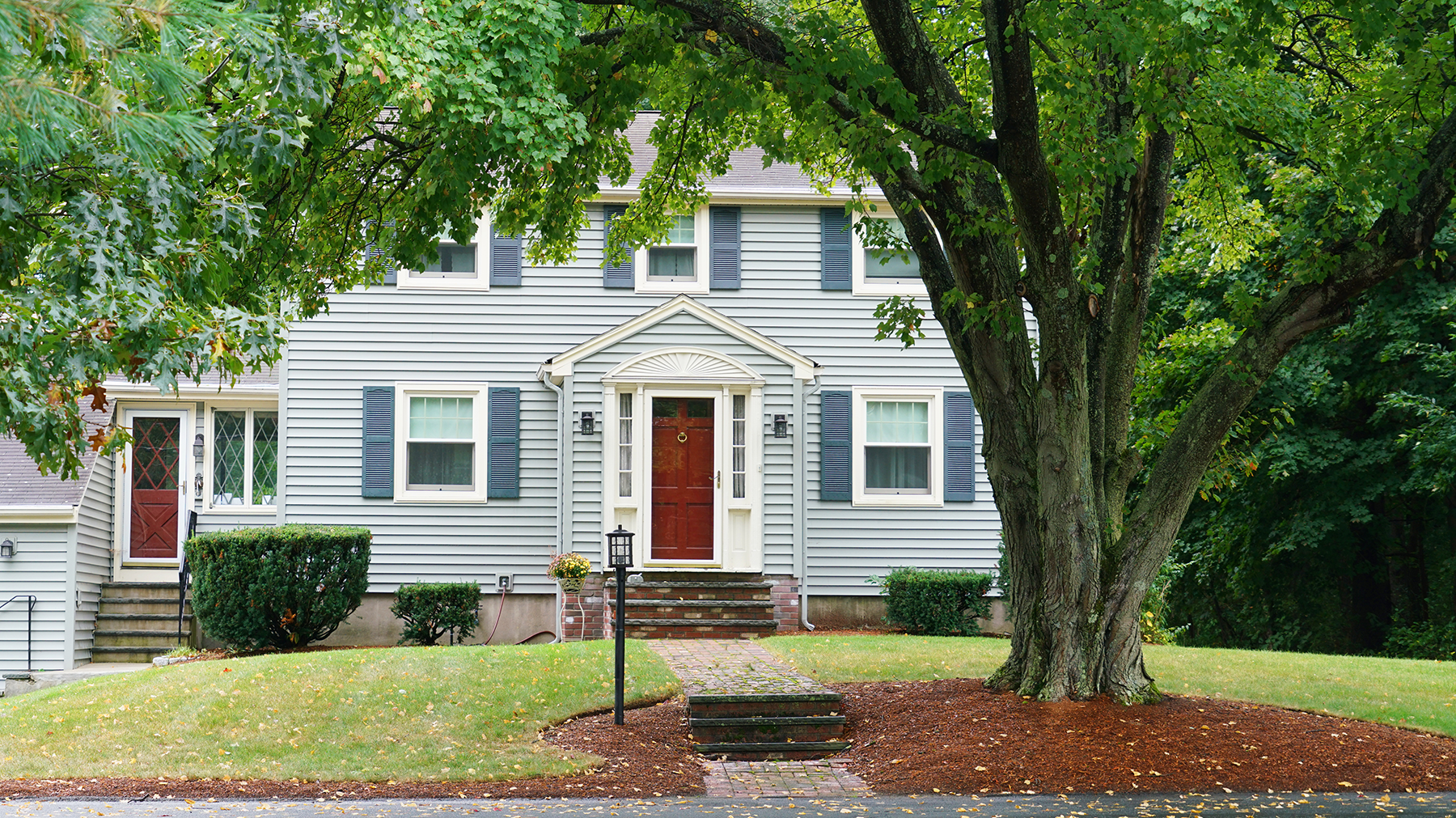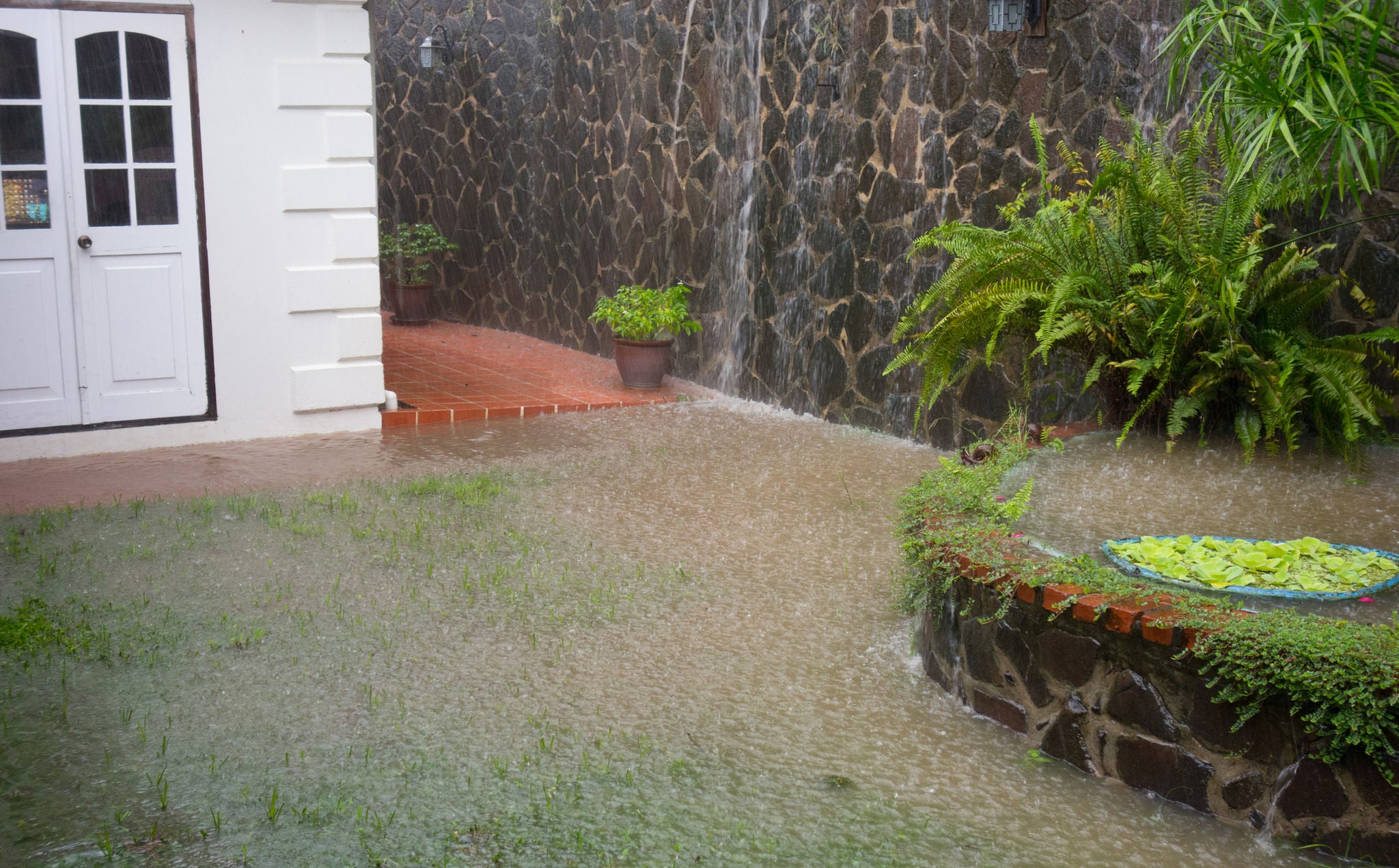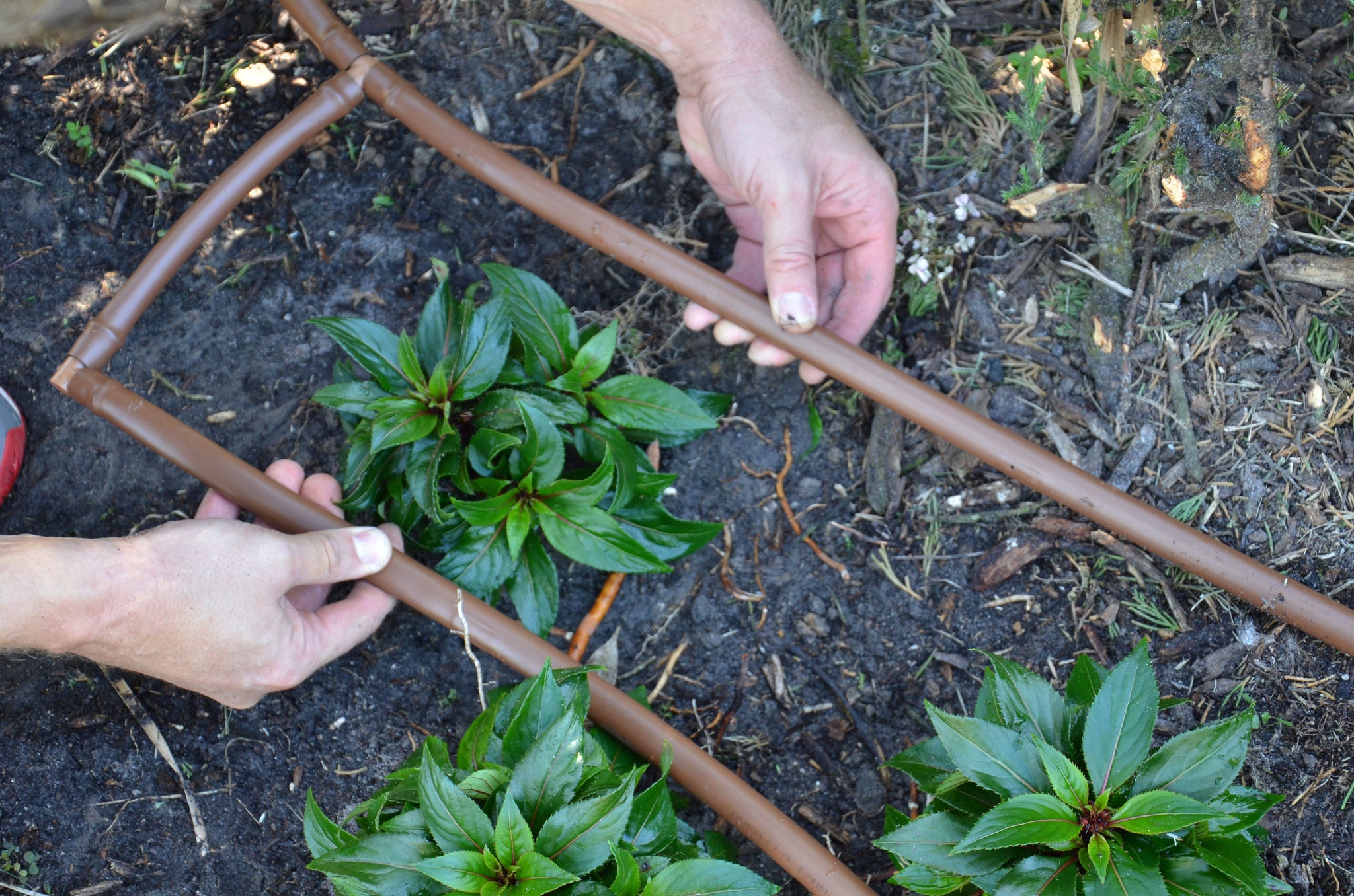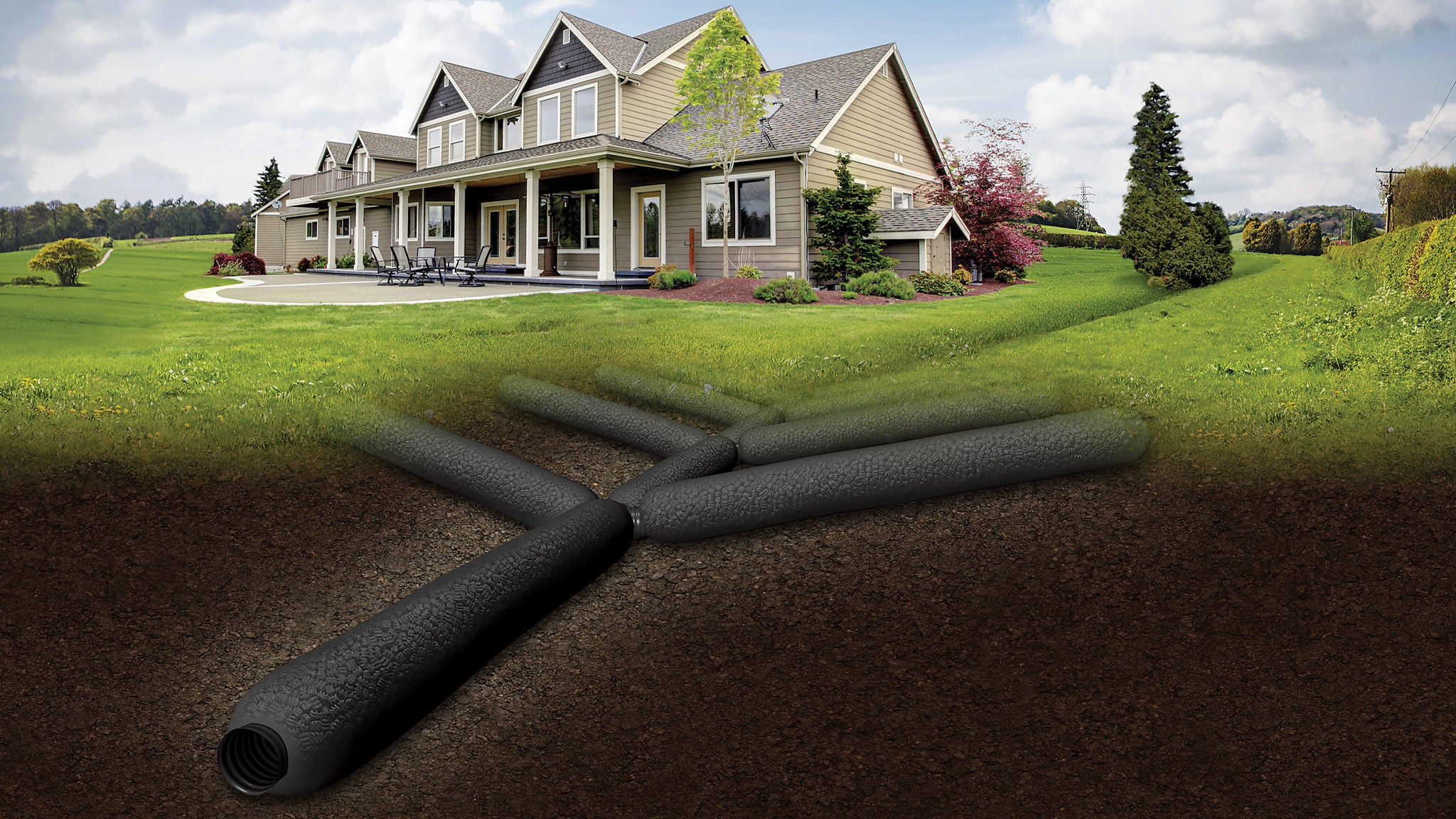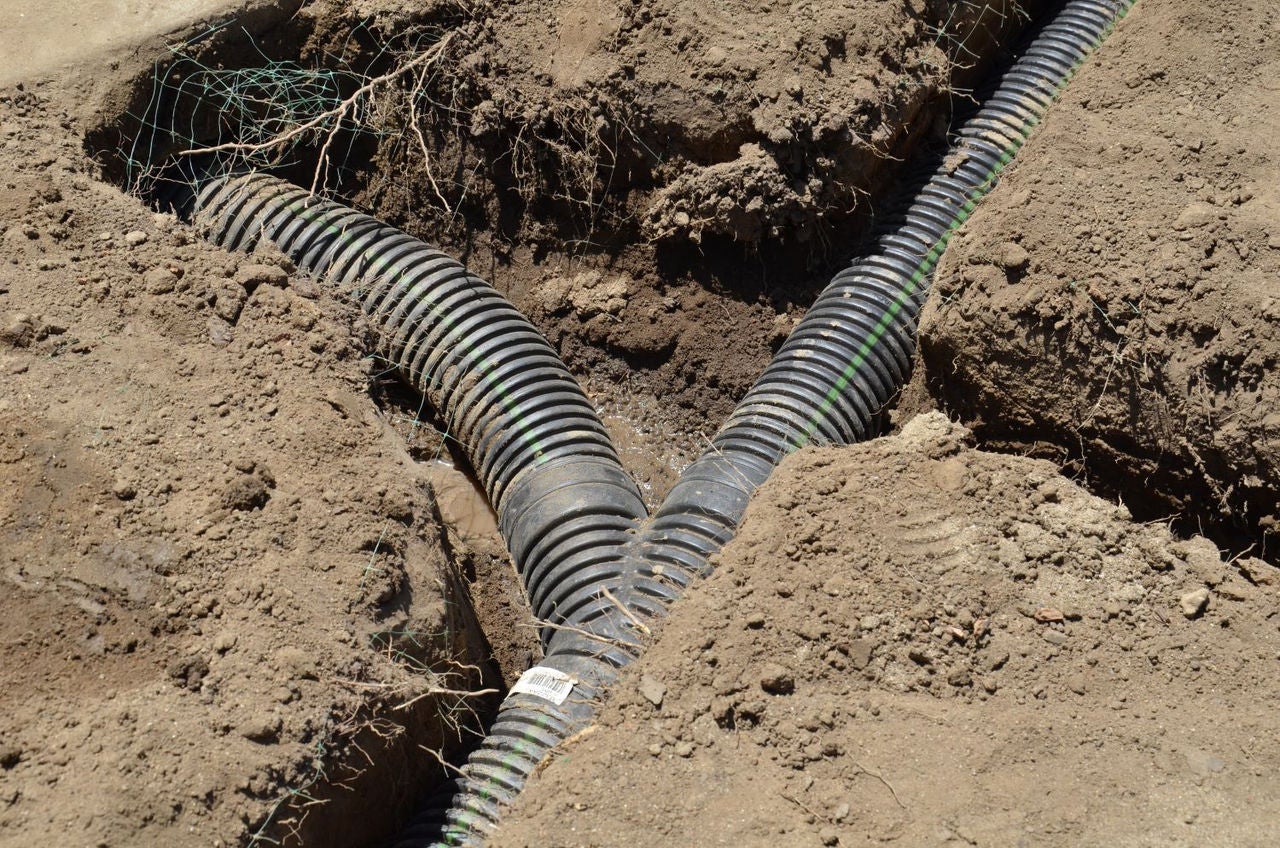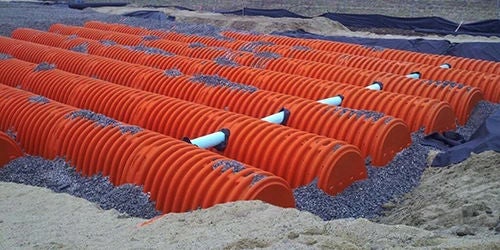By NORMA Group
Stormwater Runoff Calculation Guide
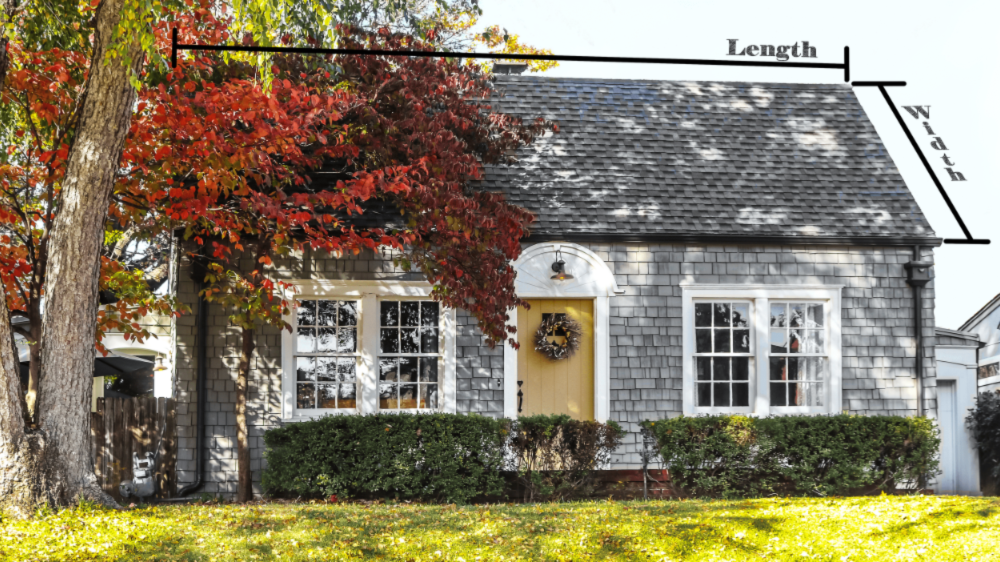
Do you know how much stormwater runoff you need to manage, and what size and type of drain pipe to use? Use the NDS Drainage Calculator to get the results you need to help design a proper stormwater drainage system. The Drainage Calculator saves time with drainage calculations, and is available online and on the NDS Stormwater Drainage Tools mobile app available free at the Apple App Store and Google Play.
Before you start, you’ll need to know the size and nature of the contributing drainage area or areas, and how much fall you have between where you plan to capture the runoff and where you will discharge it.
Let’s walk through an example, step by step.
Step 1: Surface Area and Surface Type
Rainfall runs off different surface types at different rates. The Drainage Calculator determines the percentage of water that runs off any given surface and applies this to your calculation.
For this example, let’s consider a 20 ft. X 30 ft. area of roof draining to a 40 ft. X 50 ft. lawn in loam soil, with a low spot where the water collects.
Enter both areas and select the surface types from the drop-down menus:
- Area A (Sq. Feet): 600
- Area A Type: Asphalt/Concrete/Roof
- Area B (Sq. Feet): 2,000
- Area B Type: Loam soil – Dense vegetation/lawn
Step 2: Location and Amount of Rainfall
How much rain can you expect in your area? Enter your zip code and the calculator will figure this out for you. The calculator defaults to a 25-yr., 10-min. rain event, which is great for sizing drainage capture devices and pipes. Some local regulations and guidance may require using a different frequency and duration, so the drop-down menus allow you to adjust as needed.
- Enter your Zip Code: 22152
- Choose the Rainfall Frequency: 25 Years
- Choose the Rainfall Duration: 10-min
Step 3: Drain Pipe Slope
How far away your discharge location is from the point of capture, and how much lower that point is in the landscape will determine your available drain pipe slope. The slope percentage is the amount of fall divided by the length of the pipe run, multiplied by 100.
For our example, we have one foot of fall to the discharge point over a 50-ft. pipe run, so the available pipe slope is 2%. Use the drop-down menu to enter the percentage of available pipe slope or use the default setting.
- Choose Your Drain Slope: 2%
Last Step: Run the Calculation
Press the “Calculate” Button to reveal your results for:
- Peak Rainfall Intensity
- Peak Runoff Rate
- Peak Runoff Volume
- Drainage Pipe Required
With these calculations, you can reference the published specifications for NDS drain pipe grates and catch basin drain grates to choose the drainage solution with the GPM flow capacity to handle the calculated peak runoff rate.
For this example, you could use an NDS 9 in. Catch Basin Drain and Grate, which has a flow capacity of 114 GPM, enough to capture the 81 GPM of calculated runoff in the example. The captured runoff can outlet to either 3 in. smooth or 4 in. corrugated drain pipe to convey to a discharge point downstream.
For more drainage solutions, best practices for stormwater management, and ways to expand your services to offer drainage to your customers, check out the NDS Professional Drainage Contractor Course. Once you complete the course and evaluation, you’ll earn NDS certification as a Professional Drainage Contractor. To learn more, go to: connect.ndspro.com/contractor-training.
